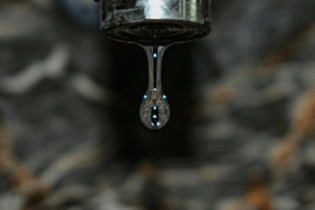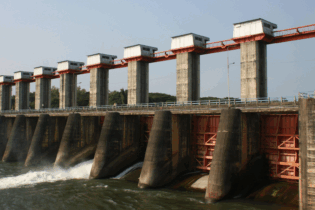With the capacity of incineration facilities in South Africa unable to accommodate the 4 000 tonnes of waste potentially infected by the life-threatening Listeriosis bacteria – many people are wondering exactly how this disposal will take place.
Johan van den Berg, Managing Director of waste management company Averda South Africa explores the issue.What would waste such as potentially Listeriosis-infected meats usually be classified as and why?
Because of its potentially contagious nature, it is classified as Infectious Waste.How is this waste usually disposed of?
There are a number of regulations that govern the disposal of infectious waste to ensure it is segregated from general waste streams, stored and sealed in protective containers and safely transported for treatment. This ensures that no one (human or animal) comes into contact with the dangerous substances. Usually untreated infectious waste is prohibited from disposal by landfill. It must first be subject to a treatment method that completely destroys any pathogens – preferably incineration. However, in this instance the DEA has condoned the use of Class A Landfills because the shortage of capacity at treatment facilities would prolong efforts to get rid of contaminated products. These landfill sites are equipped to deal with a number of highly hazardous materials and will be able to quickly and effectively neutralise any risk associated with listeria pathogens. Our Class A Landfill site deals with 30 000 to 40 000 tonnes of highly hazardous material each month, so would easily have capacity to help the DEA.Can you explain exactly how the waste from the Listeriosis outbreak will be disposed of at landfills?
Yesterday, the Department of Environmental Affairs sent a directive to waste companies to undertake a risk assessment and submit a risk management plan demonstrating how they will manage waste to ensure that it no longer poses a risk to human health or the environment.In this instance we will trench the listeria contaminated food products with lime. This is because bacteria functionality is pH dependent and the listeria bacterium remains functional at a pH approaching 10. The lime employed at Vlakfontein has a pH of 13.
Given listerosis can only occur via ingestion, the only possible risk posed to humans from the landfilling of the waste is if bacteria leaches from the waste body and contaminates ground water. Bacteria would be neutralised upon passing through the lime barrier. Vlakfontein is also one of two landfill sites in South Africa that has a 1.2 meter thick containment barrier consisting of HTP liners and compacted clay, which effectively prevents any contaminants from leaching into the ground. As an additional safety precaution, we will combine the waste with brine. Listeria can exist in brine solutions with a salt content as high as 10%; therefore we will be using brine with a salt content of 15%, which exists outside the listeria bacterium tolerance limit. To monitor for safety, soil, air and water quality assessments are carried out at landfills on an ongoing basis throughout their lifespan and for 30 years following their closure. This ensures that there are no breaches in the containment that could potentially harm health or the environment. To ensure our workers are protected, Vlakfontein is operated according to stringent ISO Occupational Health & Safety Standards. Facilities also have extensive security to protect members of the public, like waste pickers, who might try to access the sites.






